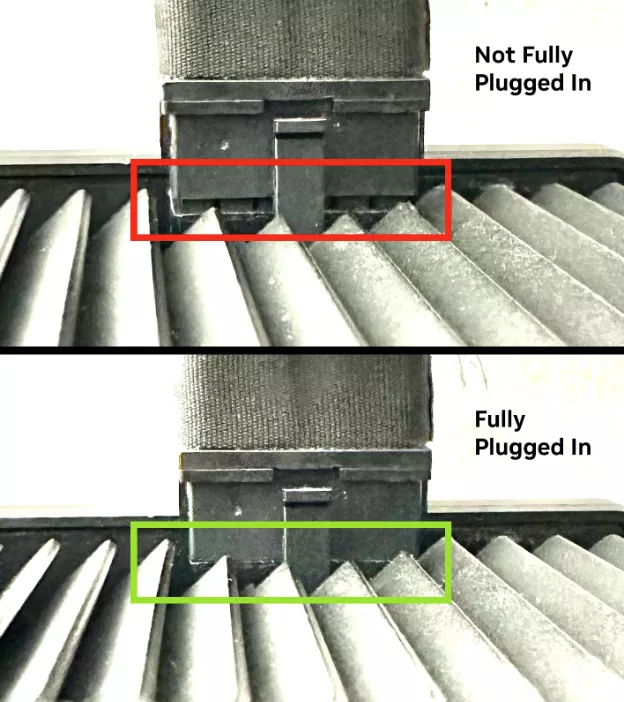PCI-SIG responds to the problem of overheating and melting of 12VHPWR connector
Over the past period of time, users have reported that the 12VHPWR interface of the NVIDIA GeForce RTX 4090 graphics card and its power supply line have been overheated and melted, and the parties have also argued for a long time about the specific cause of the damage. There are even GeForce RTX 4090 users who have decided to file a class action lawsuit against Nvidia over the issue, alleging that Nvidia sells the RTX 4090 with defective and dangerous power cord plugs and sockets, renders the card unusable for consumers, and imposes a penalty on each consumer.

Then Nvidia issued an official statement on related issues, based on the preliminary investigation results of 50 cases of overheating and melting of 12VHPWR interfaces and their power supply lines around the world. When the power supply cable is inserted incorrectly, the problem of melting the power supply cable may indeed occur. Therefore, it is recommended that the user first ensure that the power supply cable is firmly and evenly inserted when installing the graphics card.
Quite a few users disagree with Nvidia’s statement. According to TomsHardware, PCI-SIG is responsible for the formulation and design of the 12VHPWR specification, and now it has issued a statement regarding the overheating and melting of the 12VHPWR interface and its power supply line and related lawsuits:
“PCI-SIG wishes to impress upon all Members that manufacture, market or sell PCI-SIG technologies (including 12VHPWR connections) of the need to take all appropriate and prudent measures to ensure end user safety, including testing for the reported problem cases involving consumers as alleged in the above-referenced lawsuit. Members are reminded that PCI-SIG specifications provide necessary technical information for interoperability and do not attempt to address proper design, manufacturing methods, materials, safety testing, safety tolerances or workmanship. When implementing a PCI-SIG specification, Members are responsible for the design, manufacturing, and testing, including safety testing, of their products.”
PCI-SIG seems to want to draw a clear line of responsibility to avoid unnecessary accusations from the outside world.





